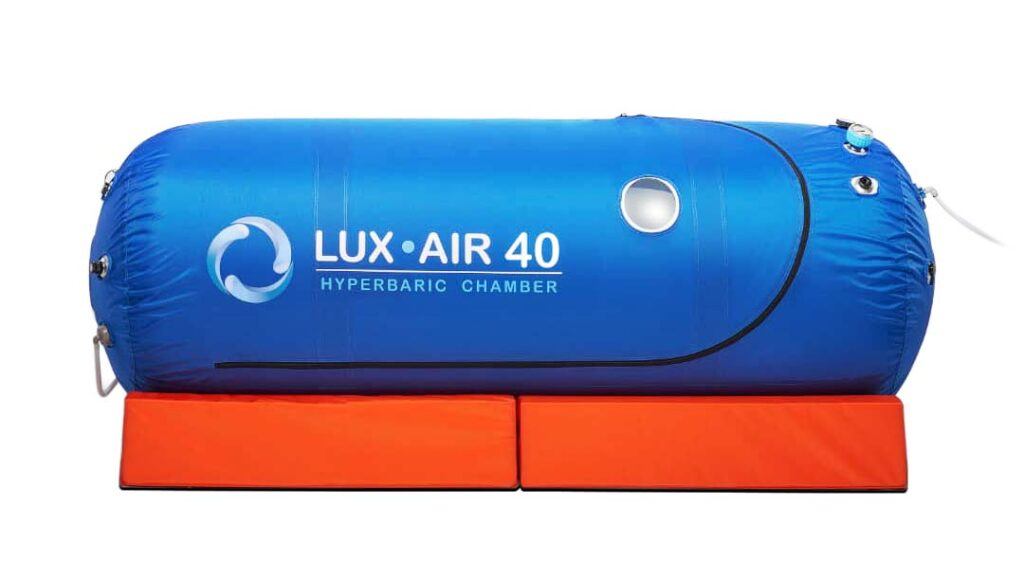- The global hyperbaric oxygen therapy devices market is projected to grow from USD 3,827.6 million in 2025 to USD 6,352.4 million by 2035, at a CAGR of 5.2%.
- North America currently holds the largest market share, driven by advanced healthcare infrastructure and favorable reimbursement policies.
- Mono-place HBOT devices dominate the market, with wound healing applications representing the largest segment due to rising diabetes-related complications.
The global hyperbaric oxygen therapy (HBOT) devices market is expected to reach USD 3,827.6 million in 2025 and grow at a compound annual growth rate (CAGR) of 5.2% to reach USD 6,352.4 million by 2035, according to a market analysis report released in February 2025.
This growth comes as HBOT gains wider acceptance for treating chronic wounds, decompression sickness, Post-traumatic stress disorder and carbon monoxide poisoning.
The market expansion is primarily driven by increasing cases of diabetic foot ulcers, radiation injuries, and growing awareness about HBOT’s effectiveness in promoting tissue healing. Technological advancements, including the development of portable and user-friendly chambers, are also contributing to market growth.
Regional Market Dynamics

North America currently leads the global market with the highest share, supported by its advanced healthcare infrastructure and positive reimbursement policies. The region’s growing diabetes prevalence and related complications are key factors driving demand for HBOT devices.
Europe represents another major market, with Germany, France, and the United Kingdom at the forefront. The European market benefits from robust government healthcare programs and increasing awareness of HBOT benefits in various applications.
The Asia-Pacific region is experiencing rapid growth, with China and India showing significant potential. According to the report, India is expected to grow at a CAGR of 9.9% from 2025 to 2035, while China is projected to grow at 9.1% during the same period.
Market Segments and Competitive Landscape
By product type, mono-place HBOT devices hold the largest market share due to their efficiency, cost-effectiveness, and wide acceptance in specialty clinics and hospitals.

These devices deliver 100% oxygen under high atmospheric pressure, making them effective for treating persistent wounds and other conditions.
In terms of application, wound healing remains the dominant segment, driven by the increasing prevalence of diabetic foot ulcers and chronic wounds. Decompression sickness represents another significant application, particularly important for divers and aviation industry workers.
The competitive landscape features several key players, with
- Perry Baromedical (15.1% market share),
- Sechrist Industries, Inc. (14.3%),
- Environmental Tectonics Corporation (ETC) (12.7%), and
- Fink Engineering (10.8%) leading the market.
Despite promising growth prospects, the HBOT devices market faces challenges including high equipment and treatment costs, inconsistent reimbursement policies, and lack of standardized protocols.
However, ongoing research into novel applications and integration with telemedicine presents significant opportunities for market players.






